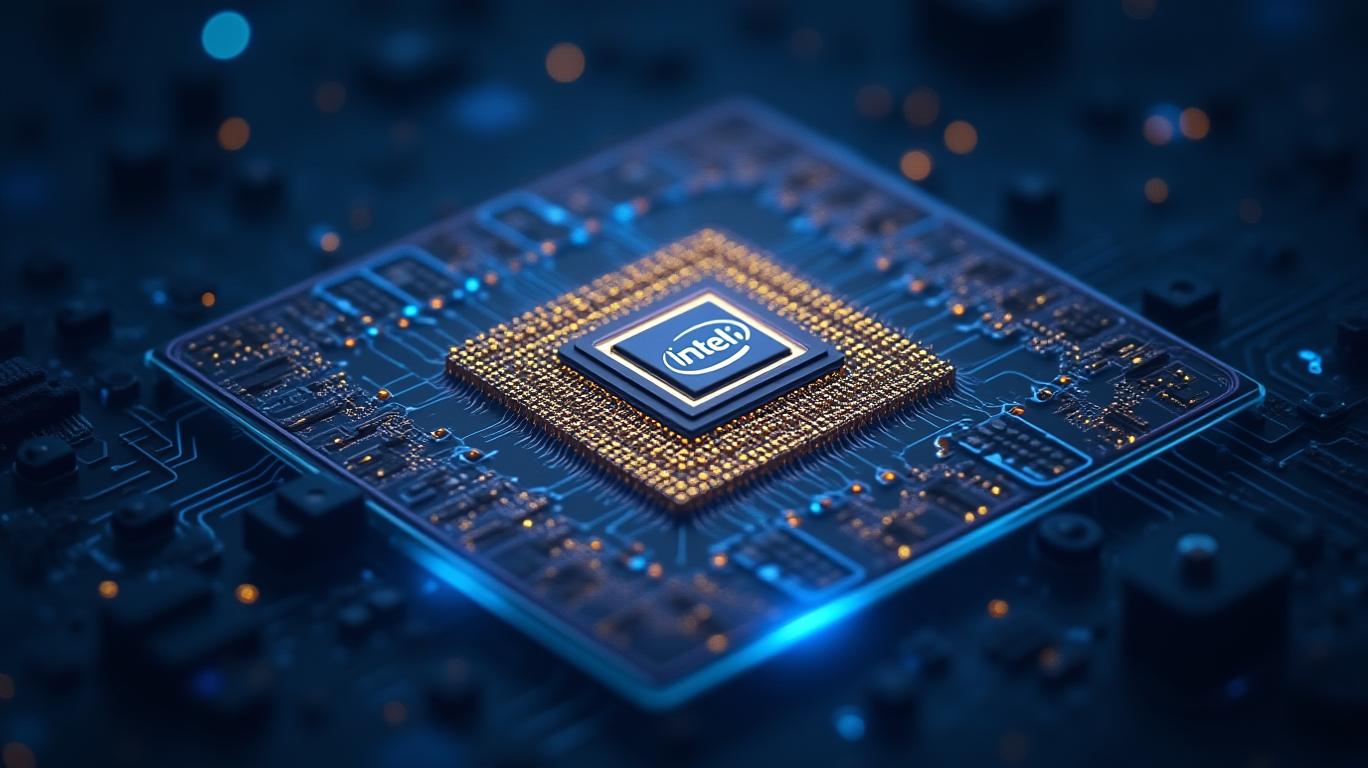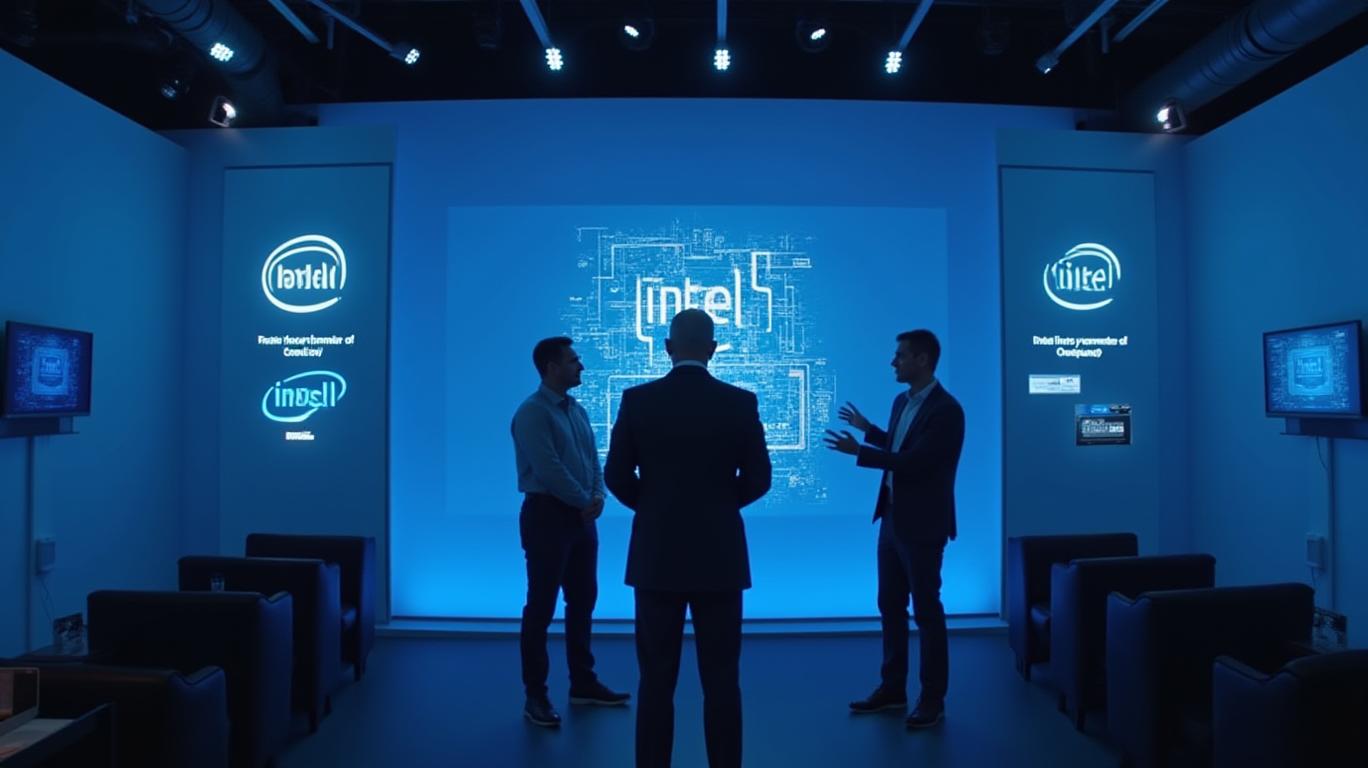Nvidia and Broadcom Test Intel's 18A Process: A Game Changer or Another Delay?
Theodore QuinnMonday, Mar 3, 2025 7:03 am ET
Nvidia and have begun testing Intel's 18A manufacturing process, a significant development that could reshape the semiconductor industry. The tests, which have not been previously reported, indicate growing confidence in Intel's advanced production techniques. However, the success of Intel's foundry business hinges on its ability to deliver on its promises and overcome potential delays.

Intel's 18A process, which operates at a 1.8-nanometer node, is considered the company's most advanced manufacturing technology yet. It incorporates technologies such as RibbonFET gate-all-around transistors and PowerVia backside power delivery, enabling smaller transistors with improved performance and power efficiency. The 18A process is expected to compete with TSMC's N2 process, which is expected to arrive in the second half of 2025.
Nvidia and Broadcom's tests are aimed at determining the behavior and capabilities of Intel's 18A process. Chip designers often purchase wafers to test specific components of a chip before committing to producing a full design at high volume. While these tests do not guarantee that will win new business, they suggest that the company is moving closer to securing manufacturing contracts worth hundreds of millions of dollars.
However, Intel's foundry business faces significant challenges. In 2023, Intel's foundry reported an operating loss of $7 billion on sales of $18.9 billion, and revenues are expected to contract for 2024 while remaining loss-making. Intel has invested considerable sums into its foundry operations in recent years, with capex standing at about $25 billion each year over 2022 and 2023. Despite these investments, Intel's foundry has seen a tepid response so far, with only a few commercial deals announced.

Intel's success in commercializing its 18A process will be crucial for its foundry business. The company has already announced deals with Microsoft and Amazon.com to produce chips on the 18A process, but details are scarce. Intel has also secured a deal with the U.S. Department of Defense for the RAMP-C program, which seeks to bring leading-edge semiconductor technology domestically.
The success of Intel's foundry business is also tied to the broader geopolitical landscape. The involvement of U.S.-based Intel in manufacturing chips for foreign companies like and Broadcom could have significant implications for the geopolitical landscape, given the political tensions between the U.S. and China. While these partnerships could contribute to economic growth and technological leadership, they could also exacerbate tensions and create strategic vulnerabilities.
In conclusion, Nvidia and Broadcom's tests of Intel's 18A process represent a significant development for the semiconductor industry. However, Intel's foundry business faces numerous challenges, and its success will depend on its ability to deliver on its promises and overcome potential delays. The broader geopolitical landscape also plays a crucial role in the success of these partnerships. As Intel continues to invest in its foundry operations, the semiconductor industry will be watching closely to see if the company can reclaim its process leadership and secure a competitive edge in the global market.
Disclaimer: The news articles available on this platform are generated in whole or in part by artificial intelligence and may not have been reviewed or fact checked by human editors. While we make reasonable efforts to ensure the quality and accuracy of the content, we make no representations or warranties, express or implied, as to the truthfulness, reliability, completeness, or timeliness of any information provided. It is your sole responsibility to independently verify any facts, statements, or claims prior to acting upon them. Ainvest Fintech Inc expressly disclaims all liability for any loss, damage, or harm arising from the use of or reliance on AI-generated content, including but not limited to direct, indirect, incidental, or consequential damages.

Comments
No comments yet